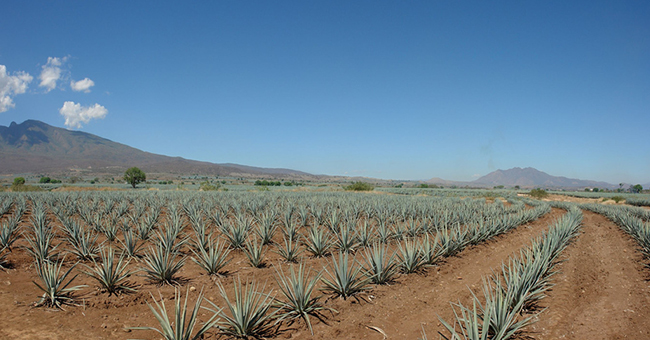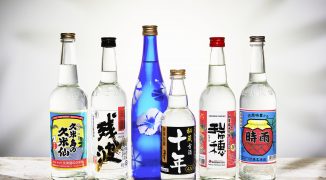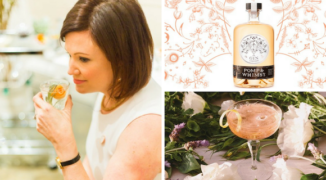First came tequila. Then, mezcal. Now, we’re seeing spirits like sotol, bacanora and raicilla making inroads north of the border, each competing for the title of America’s Next Top Agave Spirit. The raicilla producers of Jalisco state are hoping to emerge victorious: they’ve applied for a D.O. (denomination of origin) and are hoping to position raicilla — once considered cheap, local moonshine — as an artisanal product for the gourmet market.
“Growing up in Guadalajara, raicilla was part of normal life,” says Alex Valencia, who now is a co-owner of New York’s La Contenta, where he’s been mixing drinks with La Venenosa raicilla. “My uncle would take empty gallon milk bottles and go to the highlands and come back with something in those bottles, I didn’t know what it was. It’s the real, real Mexico.”
Locals are fond of explaining that raicilla is actually older than its more famous neighboring distillate, tequila. For centuries, people have been making raicilla in super-rustic tree-trunk stills in the forested mountain areas and coastal jungle pueblos surrounding Puerto Vallarta.
“Raicilla is a natural product, artisanally produced by working hands,” says Marco Antonio Vasquez Juarez, a bartender at House Mama in Nuevo Vallarta, where he mixes Cabo Corrientes raicilla with fruits and citrus in drinks like the Pasione.
The production process is similar to that of mezcal, but raicilla uses different kinds of wild agaves (up to 18 unique subspecies, including green and yellow agave in the coastal zone and the smaller lechuguilla maximiliana in the sierra). The sierra-style raicilla is made from piñas cooked in above-ground ovens, while coastal producers roast them in underground pits.
“Coastal raicilla has a different flavor because the water is saltier there,” says Violeta Cisneros, bar chef at Guadalajara’s Stratosflair Cocktail Academy. Citrusy flavors dominate among coastal raicillas, while the ones made in the sierra tend to have more spice notes.
“Nuts, clove, anise and a bit of black pepper” is what Diego Mendoza, a bartender at the Grand Mayan in Nuevo Vallarta, tastes in the sierra raicillas. Mendoza, whose grandfather and great-grandfather used to make their own raicilla, created a drink that was recognized as the “best representative drink of Puerto Vallarta and Riviera Nayarit” at the 2012 Seminario Gastronomico cocktail competition (see below for recipe).
Smoky like mezcal, raicilla’s herbal and floral notes make it great to sip on its own or with a grapefruit slice to garnish, but it can also be easily mixed into cocktails.
“It goes well with any fruit that you can macerate, like pineapple, ginger, tuna [prickly pear cactus], basil, yerba buena and passionfruit,” says Juarez, who adds that flavors like apple, melon and banana are less friendly to the spirit.
“You can take any classic mezcal or tequila cocktail and you can twist it with raicilla, but I highly recommend to try it first the way it is,” says Valencia, though he adds that prices are still a bit too high to make raicilla profitable. “You have to charge $15-18 [per drink] to make business,” he says.
Soon, though, he hopes to see prices come down as more competing raicillas enter the market. When that happens, here are some ideas on what to do with it.
Raicilla recipes from the experts:
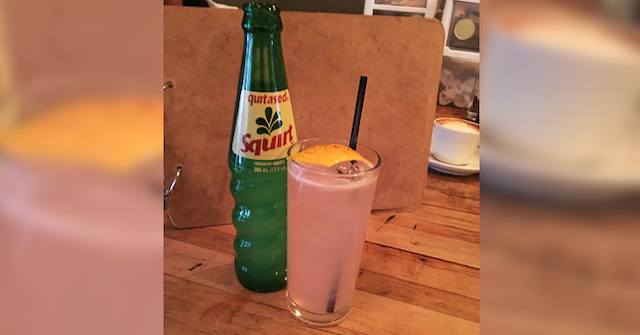
- The Raicilla Siesta, a bright and bitter cocktail from Alex Valencia, co-owner of La Contenta in New York City.
- 2 oz raicilla from the Sierra
- 1/2 oz Campari
- 1/2 oz grapefruit juice
- 1/2 oz lime juice
- 1/2 oz rich simple syrup
- Shake and serve up in a cocktail glass; perfume with orange peel oils.
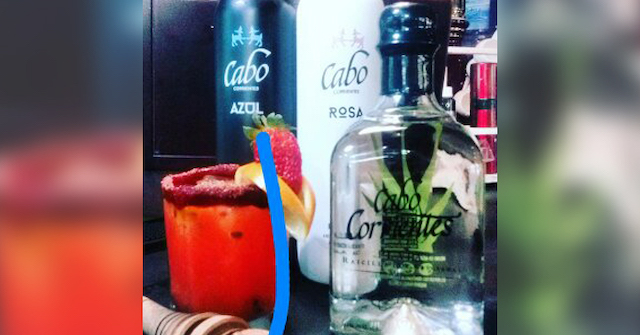
- Marco Antonio Juarez Vazquez of House Mama in Nuevo Vallarta, Mexico crafted the Pasione, a sweet, juicy cocktail that packs a punch of tropical flavors.
- 1 1/2 oz Cabo Corrientes raicilla
- 1 oz strawberry-passionfruit purée (fruit macerated with sugar)
- 1 dash pineapple juice
- 1 dash orange juice
- 1 dash lemon juice
- Shake with ice and serve in an old-fashioned glass crusted with peach chamoy; garnish with slices of orange and strawberry.

- The Pata Salada by Diego Mendoza of Tramonte at the Grand Mayan Hotel won “best representative drink of Puerto Vallarta and Riviera Nayarit” in 2012.
- 1 1/2 oz Hacienda el Divisadero Raicilla
- 1 oz Midori
- 1 1/2 oz peach juice
- 1 1/2 oz sweet and sour
- 4 basil leaves
- Shake with ice and serve in an old-fashioned glass crusted with tajín; garnish with basil flower.
- Gota de Nopal by Violeta Cisneros, bar chef at Stratosflair Cocktail Academy in Guadalajara, features jackfruit liqueur, agave syrup and nopal cactus, capturing the essence of authentic Mexican flavors.
- 1 1/2 oz Raicilla Sierra Mascota
- 2 oz orange juice
- 1 oz agave syrup
- 1/2 oz jackfruit liqueur
- 2 leaves fresh oregano
- 2 pieces nopal cactus
- Vigorously shake raicilla, OJ, agave syrup, oregano and jackfruit liqueur with ice. Double strain into a 6-oz martini glass. Garnish with the nopal leaf on the rim.


